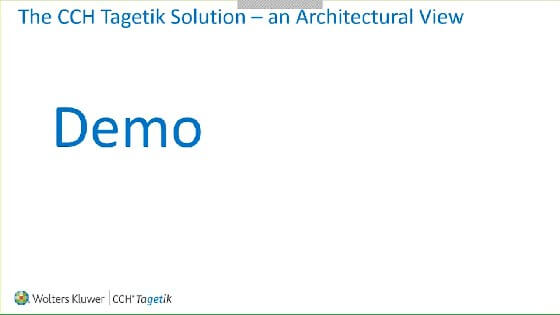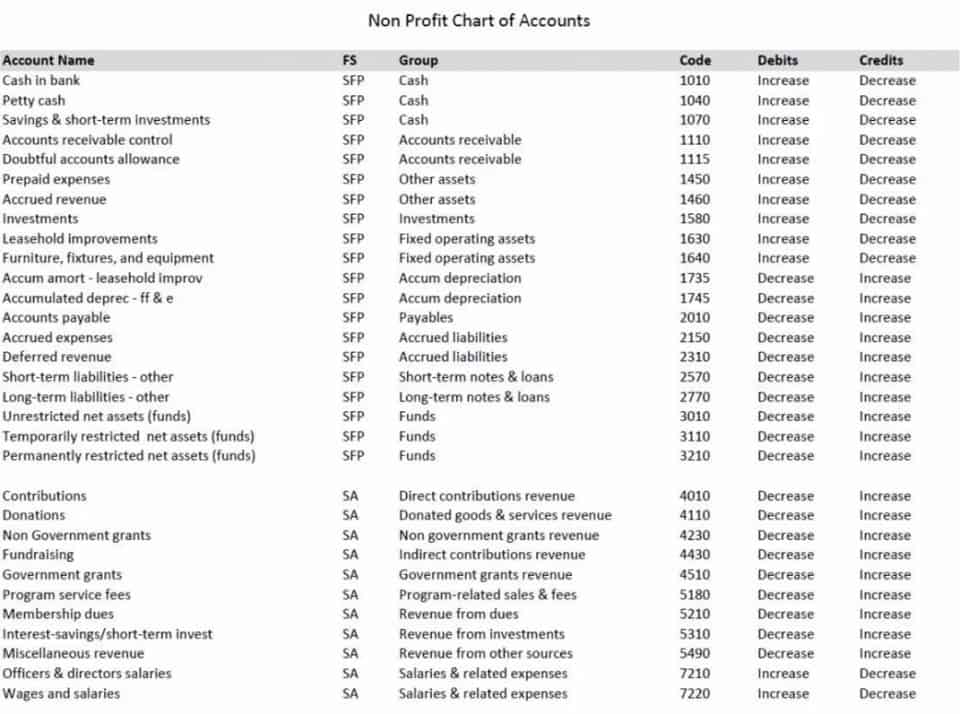While buying power changes over time as the result of inflation and deflation, cash itself maintains the same value. A $20 bill will always be worth $20, even when $20 doesn’t buy as much as it used to. The most common reason for an asset to not qualify for depreciation is that the asset doesn’t truly depreciate. The first aspect is the decrease in the value of an asset over time. The second aspect is allocating the price you originally paid for an expensive asset over the period of time you use that asset.
- However, the allocation of depreciation in each accounting period continues on the basis of the book value without regard to such temporary changes.
- Posting depreciation helps you monitor the current status of your fixed assets.
- If you placed your property in service in 2023, complete Part III of Form 4562 to report depreciation using MACRS.
- Some companies choose the accelerated method to shield more income from tax, though their reported net profits will be less in earlier years.
- If you dispose of the property before the end of the recovery period, figure your depreciation deduction for the year of the disposition the same way.
- This means you bear the burden of exhaustion of the capital investment in the property.
How much will you need each month during retirement?
Depreciation is an accounting method that companies use to apportion the cost of capital investments with long lives, such as real estate and machinery. Depreciation reduces the value of these assets on a company’s balance sheet. The main advantage of the units of production depreciation method is that it gives you a highly accurate picture of your depreciation cost based on actual numbers, depending on your tracking method. Its main disadvantage is that it is difficult to apply to many real-life situations, as it is not always easy to estimate how many units an asset can produce before it reaches the end of its useful life.
Straight-Line Depreciation
For an asset to be depreciated for tax purposes, it must meet the criteria set forth by the IRS. Here are four common methods of calculating annual depreciation expenses, along with when it’s best to use them. The second scenario that could occur is that the company really wants the new trailer, and is willing to sell the old one for only $65,000. The first two are the same as above to remove the trailer from the books. In addition, there is a loss of $8,000 recorded on the income statement because only $65,000 was received for the old trailer when its book value was $73,000. Parts that together form an entire structure, such as a building.
Straight-Line Method
One often-overlooked benefit of properly recognizing depreciation in your financial statements is that the calculation can help you plan for and manage your business’s cash requirements. This is especially helpful if you want to pay cash for future assets rather than take out a business loan to acquire them. Find out what your annual and monthly depreciation expenses should be using the simplest straight-line method, as well as the three other methods, in the calculator below. However, one can see that the amount of expense to charge is a function of the assumptions made about both the asset’s lifetime and what it might be worth at the end of that lifetime.
Example of Depreciable Property
This reduction of basis must be made even if a partner cannot deduct all or part of the section 179 deduction allocated to that partner by the partnership because of the limits. Step 6—Using $1,178,000 (from Step 5) as taxable income, XYZ figures the actual section 179 https://art-apple.ru/thumbnails.php?album=lastcom&cat=0 deduction. Because the taxable income is at least $1,160,000, XYZ can take a $1,160,000 section 179 deduction. Generally, you cannot claim a section 179 deduction based on the cost of property you lease to someone else.
- However, if the property is specifically listed in Table B-2 under the type of activity in which it is used, you use the recovery period listed under the activity in that table.
- If in 2023 and later years you continue to use the car 100% for business, you can deduct each year the lesser of $1,875 or your remaining unrecovered basis.
- You reduce the adjusted basis ($173) by the depreciation claimed in the fifth year ($115) to get the reduced adjusted basis of $58.
- The following examples illustrate whether the use of business property is qualified business use.
- In this example, we can say that the service given by the weighing machine in its first year of life was $200 ($1,000 – $800) to the company.
This is just one example of how a change in depreciation can affect both the bottom line and the balance sheet. Machinery and equipment are expensive assets for a company to purchase. Instead of realizing the entire cost of an asset in the year it is purchased, companies can use depreciation to spread out the cost of an asset for accounting purposes over a period of years (equal to the asset’s useful life). This allows the company to match depreciation expenses to related revenues in the same reporting period—and write off an asset’s value over a period of time for tax purposes. On February 1, 2021, Larry House, a calendar year taxpayer, leased and placed in service an item of listed property with an FMV of $3,000. Larry does not use the item of listed property at a regular business establishment, so it is listed property.
What is the difference between depreciation and amortization?
This chapter discusses the deduction limits and other special rules that http://www.ab-group.ru/katalog-tekhniki/komplektuyushie.html apply to certain listed property. Listed property includes cars and other property used for transportation, property used for entertainment, and certain computers. You figured this by first subtracting the first year’s depreciation ($2,144) and the casualty loss ($3,000) from the unadjusted basis of $15,000. If this convention applies, the depreciation you can deduct for the first year that you depreciate the property depends on the month in which you place the property in service. Figure your depreciation deduction for the year you place the property in service by multiplying the depreciation for a full year by a fraction. The numerator of the fraction is the number of full months in the year that the property is in service plus ½ (or 0.5).
Depreciation is an annual tax deduction that allows small businesses to recover the cost or other basis of certain property over the time they use the property. It is an allowance for the wear and tear, deterioration or obsolescence of the property. Assets can be depreciated via straight-line depreciation, accelerated depreciation, per-unit depreciation, the sum of the years’ digits, the units of production, or the modified accelerated method.
Accumulated depreciation on any given asset is its cumulative depreciation up to a single point in its life. The established amount for optional use in determining a tax deduction for automobiles instead of deducting depreciation and actual operating expenses. To include as income on your return an amount allowed or allowable as a deduction in a prior year. Ready and available for a specific use whether in a trade or business, the production of income, a tax-exempt activity, or a personal activity. Usually, a percentage showing how much an item of property, such as an automobile, is used for business and investment purposes. Written documents of your expenditure or use are generally better evidence than oral statements alone.
To barter, swap, part with, give, or transfer property for other property or services. Travel between a personal home and work or job site within the area http://www.plam.ru/matem/odurachennye_sluchainostyu_skrytaja_rol_shansa_v_biznese_i_zhizni/p4.php of an individual’s tax home. The Taxpayer Bill of Rights describes 10 basic rights that all taxpayers have when dealing with the IRS. Go to TaxpayerAdvocate.IRS.gov to help you understand what these rights mean to you and how they apply.






